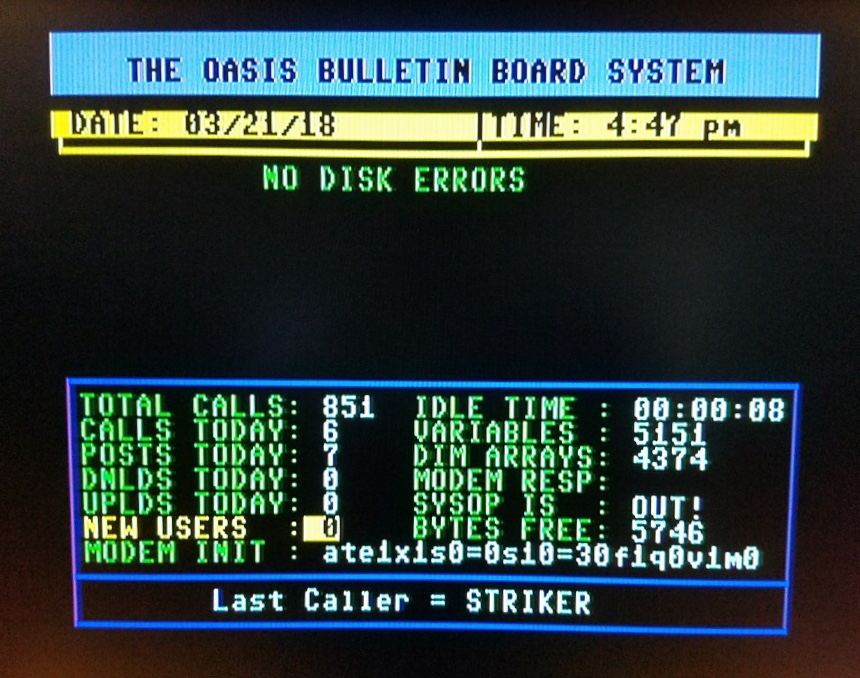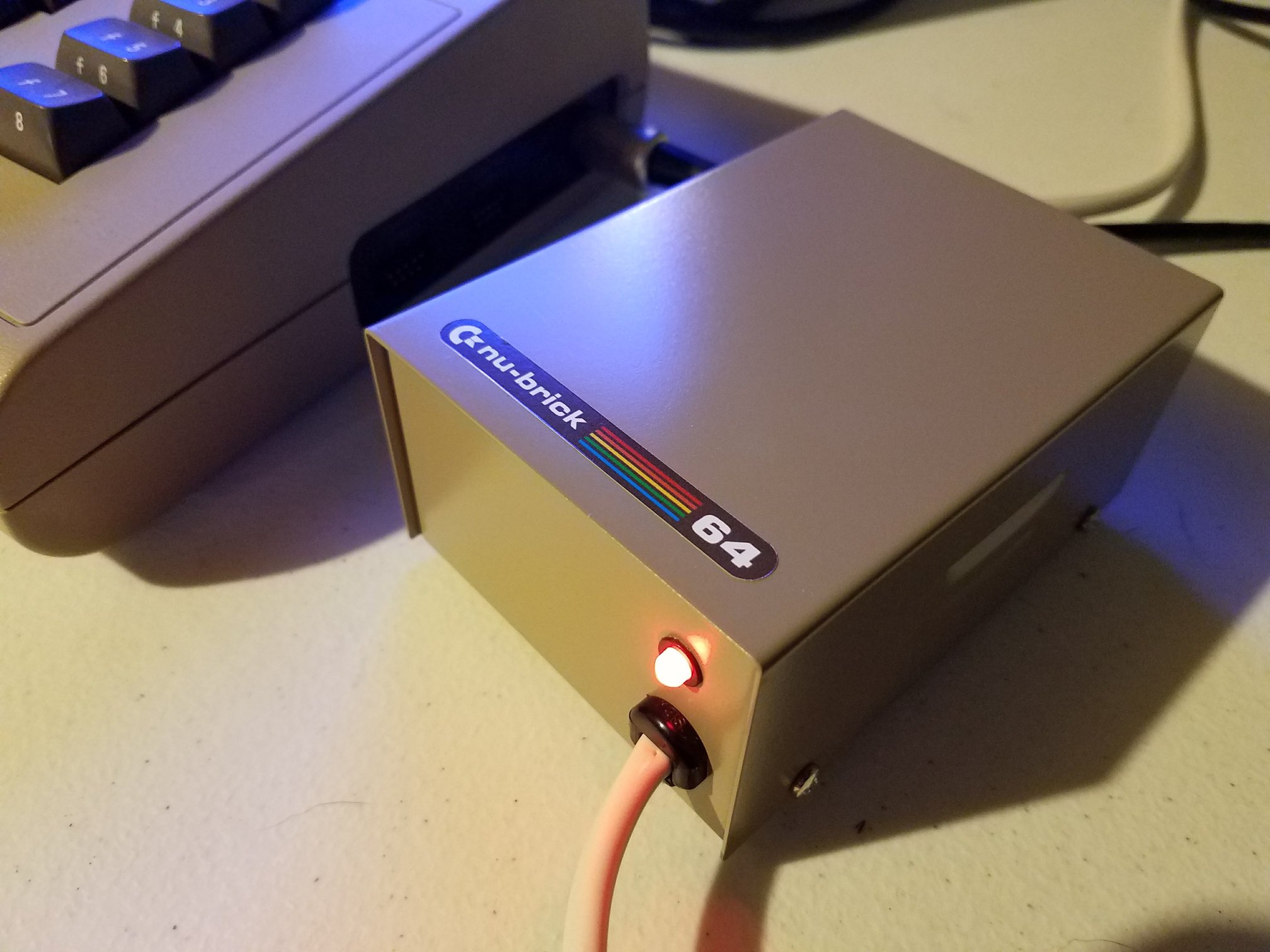8-Bit Wall of Doom dives into Foenix F256 Internet connectivity, showing three reliable ways to bring this modern 8-bit system online. The video explores the Wi-Fi modem, the Featherboard ESP8266 module, and the Meatloaf IEC interface, each with unique advantages for communication, file transfer, and BBS access.
The first solution centers on the traditional Wi-Fi modem. Connected through the serial port, it delivers simple, direct communication without the need for packets or handshaking. The presenter walks through baud rate settings, register mapping, and configuration steps specific to the F256’s serial hardware. Despite its humble speed—around 1200 baud—it performs well for BBS sessions and basic file transfers, staying faithful to the vintage computing spirit.
The Featherboard ESP Solution
Next comes the Featherboard-based approach. This internal upgrade is built on the ESP8266 module and integrates directly with the F256’s feather footprint. It offers faster data transfer—up to 115,200 bits per second—and supports TCP and UDP communication through the Foenix Microkernel. The video references detailed installation guides by community contributors “MUN” and “PJW,” which cover both the soldering process and software setup.
This method is perfect for users who enjoy experimenting with code. The Microkernel provides networking capabilities through familiar commands, letting developers fetch data or even create peer-to-peer applications. At around $20, it’s the most flexible of the three approaches and appeals to advanced users who like to push the system’s capabilities.
Going Online with Meatloaf IEC
Finally, the Meatloaf IEC interface stands out as the most user-friendly option. Created by Jamie Johnston, this ESP32-based device connects through the F256’s IEC port—no internal modifications required. Once configured, it lets users browse online file repositories and load applications directly from the internet using standard BASIC load commands.
The demonstration shows how easy it is to pull software from the Meatloaf network, load apps from the Foenix App Store, and even use the Chrome “Send to Meatloaf” extension to transfer files directly from a browser. Despite slower transfer rates, the simplicity and reliability make it ideal for everyday use.
A Bridge Between Eras
8-Bit Wall of Doom concludes by celebrating the mix of vintage and modern technology in the Foenix F256 Internet ecosystem. Whether you prefer soldering and scripting or plug-and-play simplicity, each solution connects the Foenix to a world once thought long gone—proving that the spirit of 8-bit networking is very much alive.







